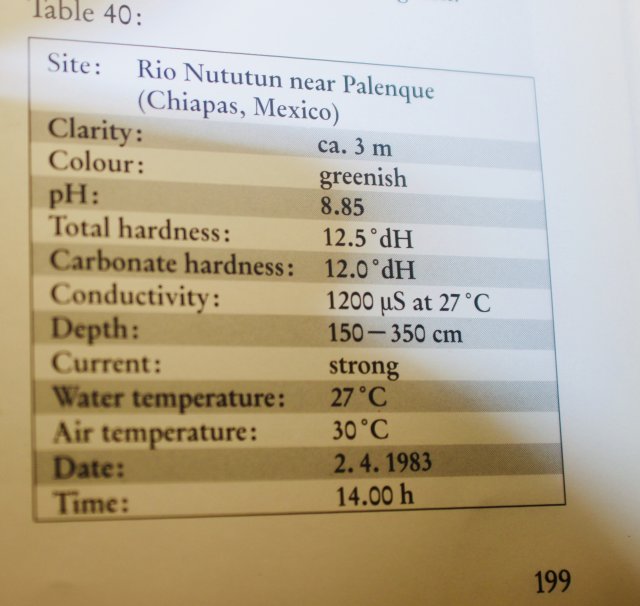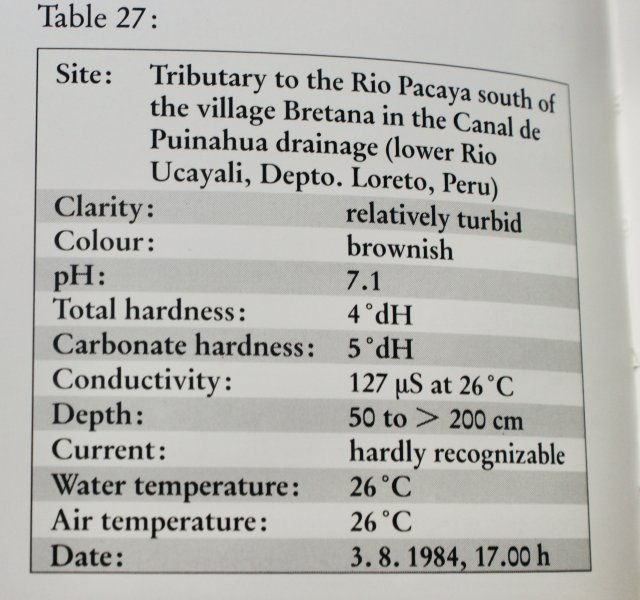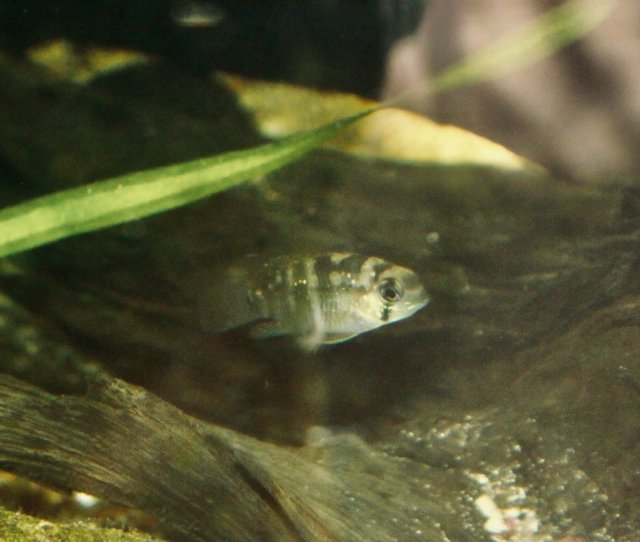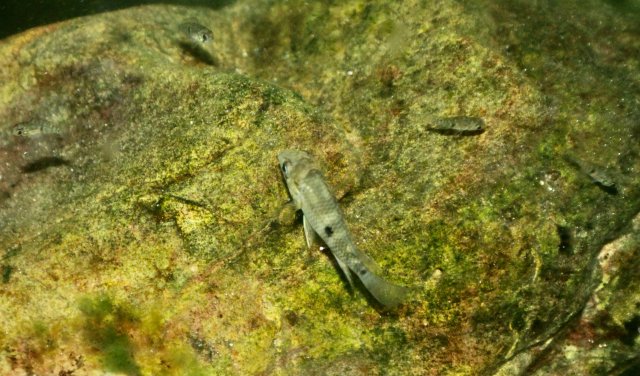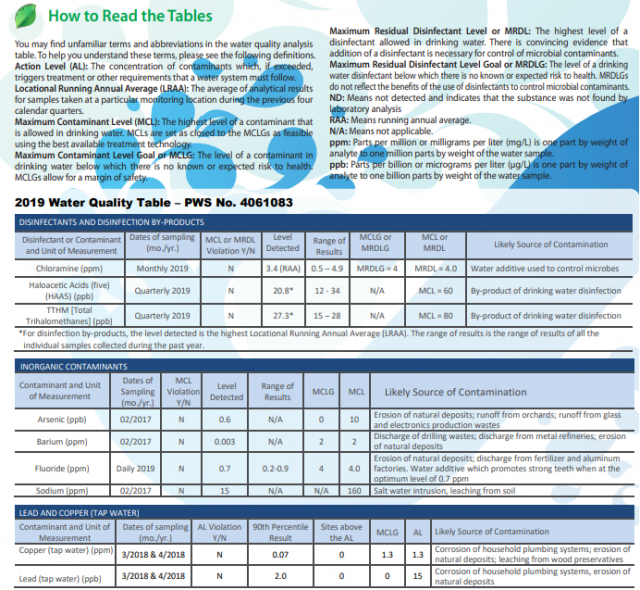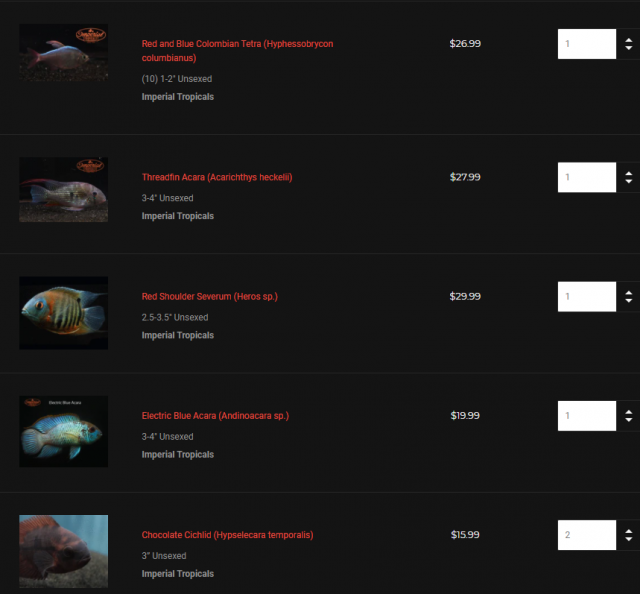I currently have an empty 125g and 75g that I am fishless cycling using Fritz Ammonium Chloride. I've added filter squeezings from my 125g clown loach tank but it's taking forever to fully cycle.
My question is regarding what cichlids I can keep based on my water parameters and preferred water change schedule.
I'm using south Florida city water
Ph Tap 8.2-8.4 /after 24 hour aeration PH approx 7.2.
KH 3
GH 4
TDS 103 (Tested a bucket of water sitting for 24hours, never calibrated the TDS meter so this is probably useless)
Is this water too soft for Central Americans?
I've been mulling over various stocking options for the tanks which I'll list below in order of preference. I'd be ordering from an online vendor and have been looking at CichlidsoftheAmericans and TUIC.
125g
Parachromis Pair (Yellow Jacket/Red Tiger/Loiselle)
Amphilophous (Citrinellum/Hogaboomarum) Pair or Trimac Pair
Red Head Tapajos Community
Oscar(s) w or w/o others
Suggestions?
75g
Cuban Cichlid Pair
Herichthys Carpintis
Green Terror Pair/Harem
Salvini
Grammodes
Suggestions?
I would like the tanks to serve the fish for life and not require me to be a slave to the water changes. I would like to be able to do a once a week water change to keep them thriving so stocking should reflect that. Active fish are preferred. I had been setting all this up for discus originally, but with a newborn I don't think I'll enjoy the maintenance in growing out discus.
One last question, what do you guys do with all the fry these guys produce. I would like a pair to see breeding behavior/color, but have no interest in growing out fry and finding them homes...
Any suggestions?
My question is regarding what cichlids I can keep based on my water parameters and preferred water change schedule.
I'm using south Florida city water
Ph Tap 8.2-8.4 /after 24 hour aeration PH approx 7.2.
KH 3
GH 4
TDS 103 (Tested a bucket of water sitting for 24hours, never calibrated the TDS meter so this is probably useless)
Is this water too soft for Central Americans?
I've been mulling over various stocking options for the tanks which I'll list below in order of preference. I'd be ordering from an online vendor and have been looking at CichlidsoftheAmericans and TUIC.
125g
Parachromis Pair (Yellow Jacket/Red Tiger/Loiselle)
Amphilophous (Citrinellum/Hogaboomarum) Pair or Trimac Pair
Red Head Tapajos Community
Oscar(s) w or w/o others
Suggestions?
75g
Cuban Cichlid Pair
Herichthys Carpintis
Green Terror Pair/Harem
Salvini
Grammodes
Suggestions?
I would like the tanks to serve the fish for life and not require me to be a slave to the water changes. I would like to be able to do a once a week water change to keep them thriving so stocking should reflect that. Active fish are preferred. I had been setting all this up for discus originally, but with a newborn I don't think I'll enjoy the maintenance in growing out discus.
One last question, what do you guys do with all the fry these guys produce. I would like a pair to see breeding behavior/color, but have no interest in growing out fry and finding them homes...
Any suggestions?



